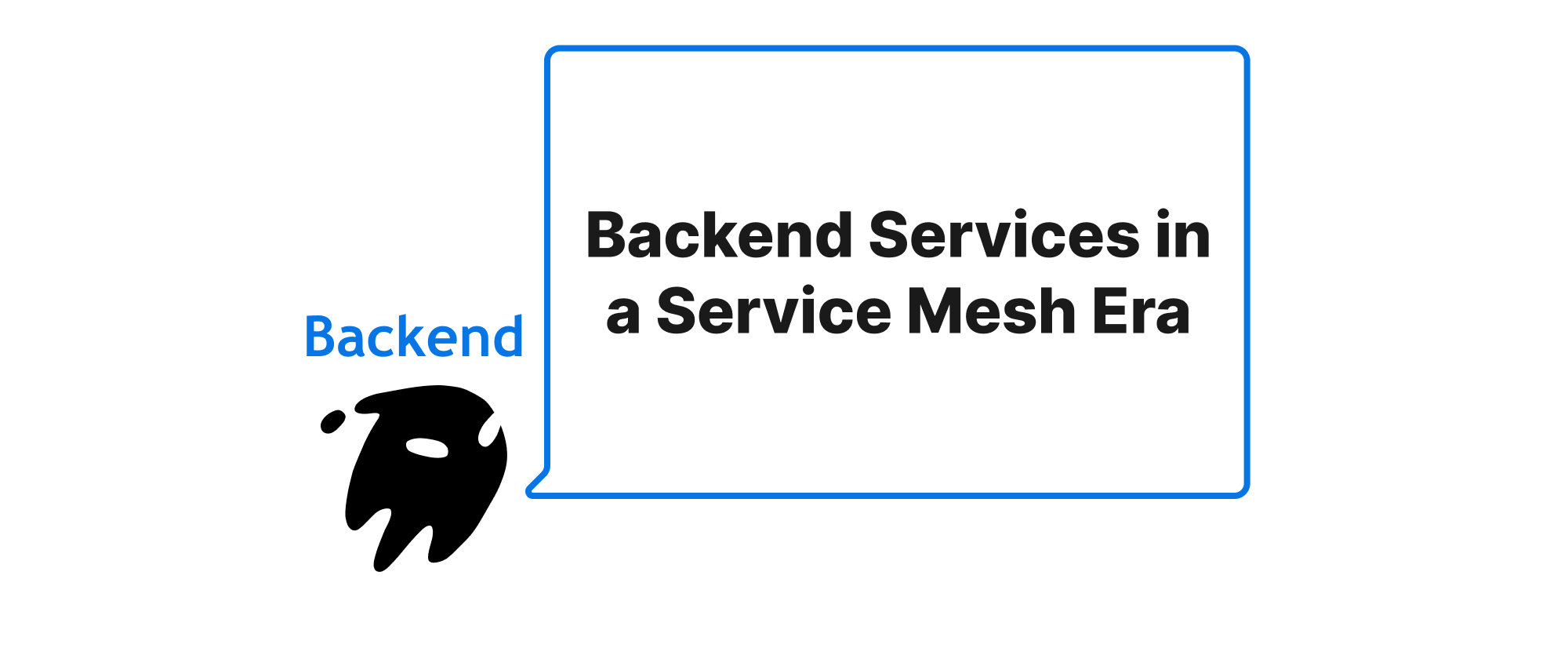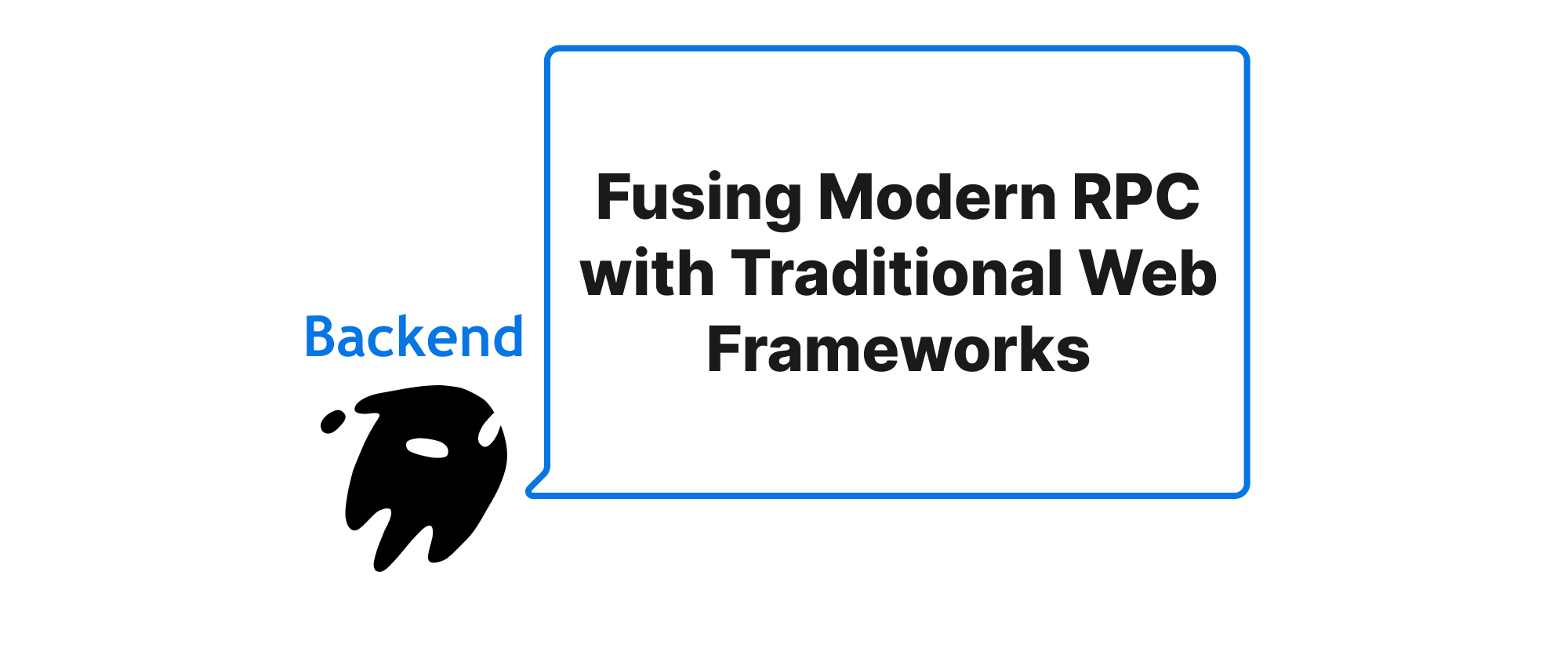Backend Services in a Service Mesh Era
Lukas Schneider
DevOps Engineer · Leapcell

Introduction
In today's rapidly evolving software landscape, microservices have become the de facto standard for building scalable, resilient, and agile applications. As organizations embrace this architectural paradigm, they invariably encounter new complexities: managing inter-service communication, ensuring robust security, observing distributed systems, and implementing intelligent traffic routing. These challenges, often magnified by the sheer number of services, can quickly overwhelm traditional operational approaches. This is precisely where service meshes like Istio and Linkerd emerge as game-changers. They provide a dedicated infrastructure layer that abstracts away these complexities, allowing backend developers to focus on business logic rather than network plumbing. This article delves into the symbiotic relationship between backend services and service meshes, demonstrating how platforms like Istio and Linkerd empower developers to build enterprise-grade microservice applications with unparalleled efficiency and reliability.
Core Concepts and Mechanisms
To understand how backend services work with a service mesh, it's essential to grasp a few core concepts:
Service Mesh: At its heart, a service mesh is a configurable, low-latency infrastructure layer designed to handle inter-service communication within a microservices architecture. It abstracts away network concerns from application code, providing capabilities like traffic management, observability, and security.
Data Plane: This is the part of the service mesh that directly intercepts and handles all network traffic between services. It typically consists of proxies (often Envoy proxy) deployed alongside each service instance, forming a "sidecar" pattern. These proxies mediate all inbound and outbound network communication for the application.
Control Plane: This is the management and orchestration layer of the service mesh. It configures and manages the proxies in the data plane. For example, Istio's control plane includes components like Pilot (traffic management), Citadel (security), and Mixer (policy and telemetry, though largely deprecated in newer versions). Linkerd's control plane consists of components like the Destination controller, Proxy Injector, and Identity controller.
Sidecar Proxy: A special type of proxy deployed alongside each service instance (often in the same pod in Kubernetes). All network traffic to and from the service is routed through its sidecar proxy, allowing the service mesh to enforce policies, collect metrics, and perform traffic manipulations without modifying the application code.
Backend Service: In this context, a backend service is any application component (e.g., a microservice, an API, a database connector) that provides specific functionality and communicates with other services, typically over HTTP/gRPC.
How Backend Services Collaborate with Service Mesh
When a backend service is "meshed," it means that a sidecar proxy is injected into its environment. For example, in Kubernetes, when you deploy a service into a namespace with service mesh injection enabled, the service mesh automatically adds a sidecar container to your pod.
Here's a breakdown of the typical workflow:
- Traffic Interception: All network traffic destined for your backend service, or originating from it, is automatically intercepted and routed through its dedicated sidecar proxy.
- Policy Enforcement: The sidecar proxy applies policies configured by the control plane. This could include routing rules, access control, rate limiting, and circuit breakers.
- Observability: The sidecar automatically collects telemetry data (metrics, logs, traces) about every request and response. This data is then sent to the control plane for aggregation and analysis, providing deep insights into service behavior.
- Security: The sidecar can enforce mutual TLS (mTLS) for all inter-service communication, encrypting traffic and authenticating identities without any code changes in the backend service.
Practical Implementation with Istio
Let's consider a simple backend service written in Go:
// main.go package main import ( "fmt" "log" "net/http" ) func helloHandler(w http.ResponseWriter, r *http.Request) { log.Printf("Received request from %s on %s", r.RemoteAddr, r.URL.Path) fmt.Fprintf(w, "Hello from MyBackendService!") } func main() { http.HandleFunc("/hello", helloHandler) port := "8080" log.Printf("Starting server on :%s", port) if err := http.ListenAndServe(":"+port, nil); err != nil { log.Fatalf("Server failed: %v", err) } }
To deploy this service into an Istio-enabled Kubernetes cluster, you'd typically have a deployment.yaml:
apiVersion: apps/v1 kind: Deployment metadata: name: my-backend-service labels: app: my-backend-service spec: replicas: 1 selector: matchLabels: app: my-backend-service template: metadata: labels: app: my-backend-service spec: containers: - name: my-backend-service image: your-repo/my-backend-service:v1 ports: - containerPort: 8080 --- apiVersion: v1 kind: Service metadata: name: my-backend-service spec: selector: app: my-backend-service ports: - protocol: TCP port: 80 targetPort: 8080
To make this service part of the Istio mesh, you'd apply it to a namespace where Istio's sidecar injection is enabled (e.g., kubectl apply -f deployment.yaml -n default if the default namespace has auto-injection enabled). Alternatively, you can manually inject: kubectl istioctl kube-inject -f deployment.yaml | kubectl apply -f -.
Once injected, if you inspect the pod for my-backend-service, you'll see two containers: your application container and the istio-proxy sidecar.
Now, without changing any application code, you can leverage Istio's features. For instance, to split traffic between v1 and v2 of my-backend-service:
apiVersion: networking.istio.io/v1beta1 kind: VirtualService metadata: name: my-backend-service spec: hosts: - my-backend-service http: - route: - destination: host: my-backend-service subset: v1 weight: 90 - destination: host: my-backend-service subset: v2 weight: 10 --- apiVersion: networking.istio.io/v1beta1 kind: DestinationRule metadata: name: my-backend-service spec: host: my-backend-service subsets: - name: v1 labels: app: my-backend-service version: v1 - name: v2 labels: app: my-backend-service version: v2
Here, version labels on your deployment would differentiate v1 and v2. This demonstrates how Istio intelligently routes traffic based on your powerful, declarative configuration. No changes are needed in my-backend-service itself.
Application Scenarios
- A/B Testing and Canary Deployments: Safely introduce new versions of your backend services by gradually shifting traffic.
- Resilience (Circuit Breaking, Retries, Timeouts): Configure robust failure handling for inter-service calls, preventing cascading failures. A backend service invoking another meshed service implicitly benefits from these policies.
- Security (mTLS, Authorization Policies): Automatically encrypt all service-to-service communication and define fine-grained access policies based on service identity. Your backend service doesn't need to manage TLS certificates or authentication tokens.
- Observability (Metrics, Tracing, Logging): Gain deep insights into the performance and behavior of your backend services with automatic collection of RED (Rate, Error, Duration) metrics, distributed traces, and access logs. Backend developers only need to ensure their application emits useful logs and traces; the mesh handles the distribution and correlation.
- Traffic Management (Request Routing, Traffic Shaping): Control how requests are routed based on headers, service versions, or other attributes, enabling complex routing logic without code changes.
Conclusion
Service meshes like Istio and Linkerd fundamentally change how backend services operate and interact within a microservices ecosystem. By externalizing cross-cutting concerns such as traffic management, security, and observability into an infrastructure layer, they free backend developers to concentrate on delivering business value. This collaborative model empowers organizations to build more resilient, secure, and observable applications with significantly reduced operational complexity, marking a pivotal shift towards smarter, self-managing microservice deployments.


